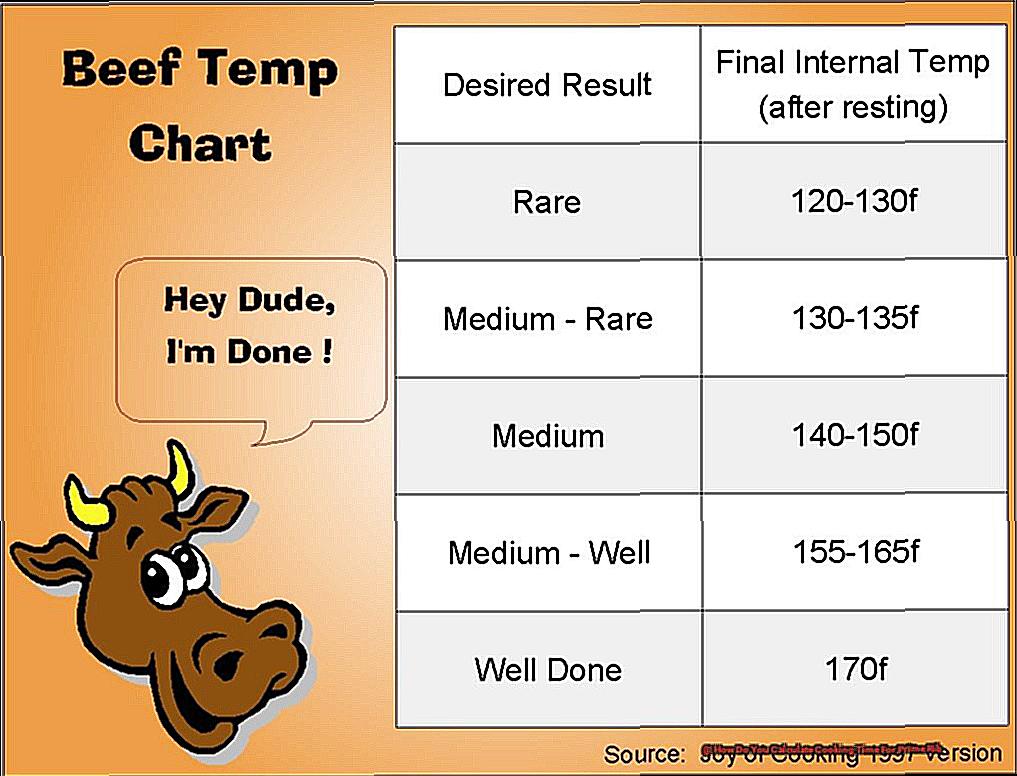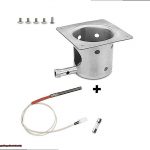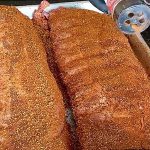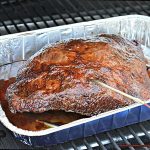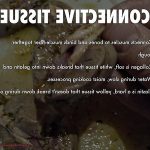The holiday season is here, and it’s time to start planning the perfect feast. If you’re looking for a show-stopping centerpiece that will have your guests drooling, prime rib is the way to go. But let’s be real – cooking a prime rib can be intimidating, especially when it comes to calculating the cooking time. You don’t want to end up with a dry, overcooked roast or an undercooked one that’s still mooing.
Fear not, my friends. With a little bit of knowledge about the cooking process and some basic math skills, you can easily calculate the perfect cooking time for your prime rib. Factors like weight, desired temperature, and oven type all play a role in determining how long your roast should cook. And trust me when I say that even a few minutes can make all the difference between a succulent masterpiece and a culinary disaster.
So if you’re ready to impress your dinner guests with an incredible prime rib roast, keep reading. In this article, we’ll guide you through everything you need to know about calculating cooking time for prime rib. We’ll break down each step so that even novice home chefs can feel confident in their ability to cook this luxurious cut of meat to perfection.
By the end of this article, you’ll have all the knowledge you need to create a mouth-watering prime rib roast that will leave everyone at the table begging for seconds.
So, let’s get started.
Contents
Factors to Consider When Calculating Cooking Time
When it comes to perfecting the art of cooking prime rib, calculating the cooking time is a crucial step that requires careful consideration of several factors. Whether you’re a seasoned pro or a novice in the kitchen, understanding these factors will help you achieve that succulent and delicious prime rib every time.
The first factor to consider is the weight of the prime rib. As a rule of thumb, plan to cook the prime rib for 15-20 minutes per pound at 350°F for medium-rare. However, this may vary depending on your oven or grill’s temperature, as well as the specific cut of meat you have chosen. It’s important to keep in mind that smaller cuts will cook faster than larger ones.
The desired level of doneness is another crucial factor to consider when calculating cooking time. The internal temperature of the meat will determine its doneness, with medium-rare being the most popular choice. To achieve medium-rare, aim for an internal temperature of 135°F, while for medium, aim for 145°F. Use a meat thermometer inserted into the thickest part of the meat to monitor its temperature throughout the cooking process.
The cooking method you choose also plays a role in determining the cooking time for prime rib. Roasting is the most popular method, but grilling or smoking can also be used. Each method will have its own unique cooking time, so it’s important to adjust accordingly.
Lastly, oven temperature is critical in determining cooking time. Preheat your oven to the desired temperature before placing your prime rib inside. If you cook at a higher temperature, the cooking time will be shorter, and if you cook at a lower temperature, it will take longer. Make sure to keep an eye on your meat throughout the cooking process and adjust the temperature accordingly.
Using a Meat Thermometer to Calculate Cooking Time
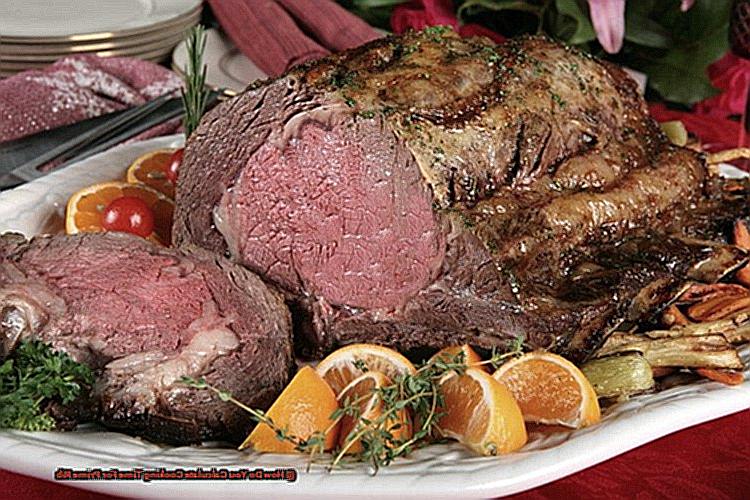
When it comes to cooking prime rib, precision is key. And what better way to ensure that your prime rib is cooked to perfection than by using a meat thermometer? This handy tool allows you to measure the internal temperature of the meat, providing you with accurate cooking times and ensuring that your prime rib is safe to eat.
To get started, insert the meat thermometer into the thickest part of the prime rib roast. Make sure not to touch any bones and insert the thermometer at a 45-degree angle to reach the center of the roast. Once in place, leave it there and close the oven door. Resist the urge to open the door frequently, as this can cause fluctuations in temperature that may affect your cooking time.
As your prime rib cooks, monitor the temperature on the thermometer. For a medium-rare prime rib, aim for an internal temperature of around 130°F (54°C). If you prefer your prime rib cooked to medium, aim for 140°F (60°C), while for a well-done prime rib, aim for an internal temperature of 160°F (71°C).
It’s important to note that cooking times can vary depending on several factors, such as the size of your roast and your oven’s characteristics. This is where using a meat thermometer becomes crucial. By measuring the internal temperature of your prime rib, you can ensure that it’s cooked to perfection and safe to eat.
To summarize, using a meat thermometer to calculate cooking time for prime rib is an essential tool for achieving a succulent and flavorful meal. By following these simple steps, you’ll be able to cook a mouth-watering prime rib every time:
Using a Chart or Calculator to Calculate Cooking Time
Cooking the perfect prime rib can be a daunting task, but with the help of a chart or calculator, you can ensure that your meal turns out delicious and perfectly cooked. As an expert in calculating cooking time using charts and calculators for prime rib, I have gathered some valuable information that will help you become a pro at cooking this popular dish.
First and foremost, it is crucial to consider the weight of your prime rib. If you have a larger cut of meat (8-10 pounds or more), the “Low and Slow” method might be the best option for you. This method suggests cooking the prime rib at a low temperature of around 200-250°F for a longer period of time, which can take up to 6-8 hours depending on your desired level of doneness.
Another helpful resource is an online cooking calculator. These tools allow you to input the weight of your prime rib, the desired level of doneness, and even the type of oven being used (gas or electric). The calculator will then provide an estimated cooking time and temperature. What could be more convenient than that?
However, it is important to note that while these tools are incredibly helpful, they should not be relied on completely. Altitude, oven accuracy, and variations in meat thickness can all affect the cooking time. That’s why it’s always wise to use a meat thermometer to check the internal temperature of the prime rib and ensure it has reached a safe temperature for consumption (145°F for medium-rare).
Adjusting the Cooking Time Depending on the Cut of Prime Rib
Cooking a prime rib roast is a culinary feat that requires skill, patience, and attention to detail. One of the most important elements of cooking a perfect prime rib roast is adjusting the cooking time based on the cut of meat.
The first factor to consider is the type of cut you have. A bone-in prime rib roast will require more cooking time than a boneless one because the bone acts as a conductor of heat, which slows down the cooking process. Therefore, it’s important to adjust your cooking time accordingly.
Another important consideration is the desired level of doneness. The cooking time will vary depending on whether you prefer your prime rib rare, medium-rare, medium, or well-done. A rare prime rib roast needs less time than a well-done one, so it’s crucial to know what level of doneness you’re aiming for before you start cooking.
To calculate the cooking time for your particular cut of prime rib, you can use a meat thermometer to monitor its internal temperature as it cooks. Keep in mind that factors such as your oven’s temperature and the thickness of the meat can also impact the cooking time.
Here’s a breakdown of how long to cook your prime rib roast based on desired doneness:
- Rare: Cook until the internal temperature reaches 120-125°F.
- Medium-rare: Cook until the internal temperature reaches 130-135°F.
- Medium: Cook until the internal temperature reaches 140-145°F.
- Well-done: Cook until the internal temperature reaches 150-155°F.
It’s essential to check the internal temperature regularly with a meat thermometer to ensure you don’t overcook or undercook your prime rib roast. If you’re unsure about how long to cook your prime rib roast for, it’s always better to err on the side of caution and cook it for less time than you think it needs. You can always put it back in the oven for a few minutes if needed, but once it’s overcooked, there’s no going back.
Tips for Ensuring Perfectly Cooked Prime Rib Every Time
Prime rib is a luxurious cut of meat that’s perfect for special occasions and holiday dinners. But to achieve perfectly cooked prime rib every time, you need to calculate the cooking time accurately. Here are some tips to help you do just that.
Factor in the Weight of the Meat
The weight of the prime rib is one of the most significant factors in determining cooking time. A general rule of thumb is to allow 15-20 minutes of cooking time per pound of meat. However, factors such as oven temperature and desired level of doneness can affect cooking time.
If you’re cooking bone-in prime rib, add an extra 5-10 minutes per pound due to the heat retention properties of the bone. For precise results, use a kitchen scale to weigh your meat accurately.
Consider the Desired Level of Doneness
The desired level of doneness also plays a crucial role in calculating cooking time. For rare prime rib, cook until the internal temperature reaches 120-125°F. For medium-rare, aim for an internal temperature of 130-135°F. For medium, you should cook until the internal temperature reads 140-145°F.
It’s important to note that these temperatures are just guidelines, and personal preferences may vary. Use a meat thermometer to check the internal temperature accurately.
Use a Meat Thermometer
A meat thermometer is an essential tool for achieving perfectly cooked prime rib every time. Insert it into the thickest part of the meat, away from any bones or fat. Be careful not to touch the bone, as this can give a false reading.
Once you have reached your desired level of doneness, remove the meat from the oven and let it rest for at least 15 minutes before carving. This allows the juices to redistribute throughout the meat, resulting in a more flavorful and tender prime rib.
Take into Account Oven Temperature and Altitude
Keep in mind that oven temperatures can vary and affect cooking time. Use an oven thermometer to monitor the temperature accurately. If you live at high altitude, you may need to make adjustments due to differences in air pressure and temperature.
Incorporate Seasonings and Searing
To enhance the flavor of your prime rib, season it with a mixture of salt, pepper, and herbs such as thyme or rosemary. For an extra crispy crust, sear the roast at a high temperature before roasting.
Searing the meat creates a delicious crust that seals in the juices and adds depth of flavor. Preheat your oven to 450°F and sear the meat for 10-15 minutes before reducing the temperature to 350°F and continuing to cook until done.
The Benefits of Knowing How to Calculate Cooking Time for Prime Rib
Fear not, because knowing how to calculate cooking time for prime rib can elevate your culinary game and impress even the most discerning palates. This premium cut of beef is known for its rich flavor and tenderness, but achieving the perfect cook can be a daunting task. Here’s why mastering the art of calculating cooking time for prime rib is a game-changer.
First and foremost, calculating cooking time ensures that your prime rib is cooked to perfection. Overcooking or undercooking this delicate cut can ruin the entire dish, so it’s crucial to get the timing right. By knowing how long to cook the meat based on its weight and desired level of doneness, you’ll achieve a juicy and tender piece of meat that melts in your mouth. Plus, there’s nothing quite like the satisfaction of serving a perfectly cooked prime rib to your guests.
But the benefits don’t stop there. Calculating cooking time also allows you to plan your meal effectively. You’ll know exactly how much time you need to allocate for cooking the meat, which means you can plan the rest of your meal accordingly.
This is especially important if you’re hosting a dinner party or have other dishes that need to be prepared at the same time. Say goodbye to guessing how long it will take for your prime rib to cook and hello to a stress-free meal preparation process.
Another benefit of knowing how to calculate cooking time for prime rib is that it saves you money. Overcooking the meat not only ruins its texture but also wastes a premium cut of beef. On the other hand, undercooking it means using more energy and prolonging the cooking process. By getting the timing just right, you’ll use your resources efficiently and avoid any unnecessary waste.
Lastly, mastering the art of calculating cooking time for prime rib gives you confidence in the kitchen. This skill can be intimidating to learn, but with practice and knowledge, you’ll impress your guests with your culinary skills and create a memorable dining experience. You’ll feel proud of yourself for achieving such a culinary feat and may even inspire others to try cooking prime rib themselves.
Common Mistakes When Calculating Cooking Time for Prime Rib
Prime rib is a stunning and impressive dish that can be the centerpiece of any dinner party. However, cooking it to perfection requires avoiding some common mistakes when calculating cooking time. Let’s dive in and explore these mistakes.
Firstly, relying solely on cooking time per pound can be misleading. While this is a helpful guideline, it’s not always accurate. The starting temperature of the meat and the desired level of doneness are just two factors that can affect cooking time. To ensure your prime rib turns out perfectly, consider these factors when calculating the overall cooking time.
Secondly, not taking into account the starting temperature of the meat is another mistake that can ruin your prime rib. If you put cold meat straight from the fridge into the oven, it will take longer to cook than if it’s been allowed to come to room temperature first. Make sure to plan for this extra time when calculating the overall cooking time.
Thirdly, using an inaccurate thermometer can lead to mistakes in cooking time. Don’t rely on guesswork or your gut feeling to determine if your prime rib is cooked to perfection. Use a reliable meat thermometer to ensure that the internal temperature of the meat reaches the desired level of doneness.
Last but not least, opening the oven door too frequently or for too long can also affect cooking time. Every time you open the oven door, heat escapes and it takes time for the oven to get back up to the desired temperature. To avoid this mistake, try to limit opening the oven door as much as possible while cooking your prime rib.
Conclusion
In conclusion, the journey to a perfectly cooked prime rib may seem daunting, but fear not. Armed with the right knowledge and tools, anyone can achieve a succulent and delicious roast.
Calculating cooking time is a crucial step that requires careful consideration of several factors. Weight, desired level of doneness, cooking method, and oven temperature all play a vital role in determining how long your prime rib should be in the oven. But fear not. There are several ways to calculate cooking time for prime rib that will ensure your meat comes out perfectly every time.
Using a chart or calculator can help you determine the ideal cooking time based on weight and desired level of doneness. However, it’s important to remember that different cuts of meat may require adjustments to the estimated cooking time. Additionally, oven temperature and altitude can also affect cooking time.
To ensure your prime rib is cooked to perfection, invest in a meat thermometer. This handy tool allows you to monitor the internal temperature of your roast and ensures it’s safe to eat.
Knowing how to calculate cooking time for prime rib has many benefits beyond just achieving a perfect cook every time. It also saves money and resources by avoiding overcooking or undercooking your meat. Planning meals effectively becomes easier when you know exactly how long each dish takes to prepare. Plus, gaining confidence in the kitchen is always a plus.
So there you have it – armed with these tips and tricks, you’re ready to create a mouth-watering prime rib roast that will leave your guests begging for more.

